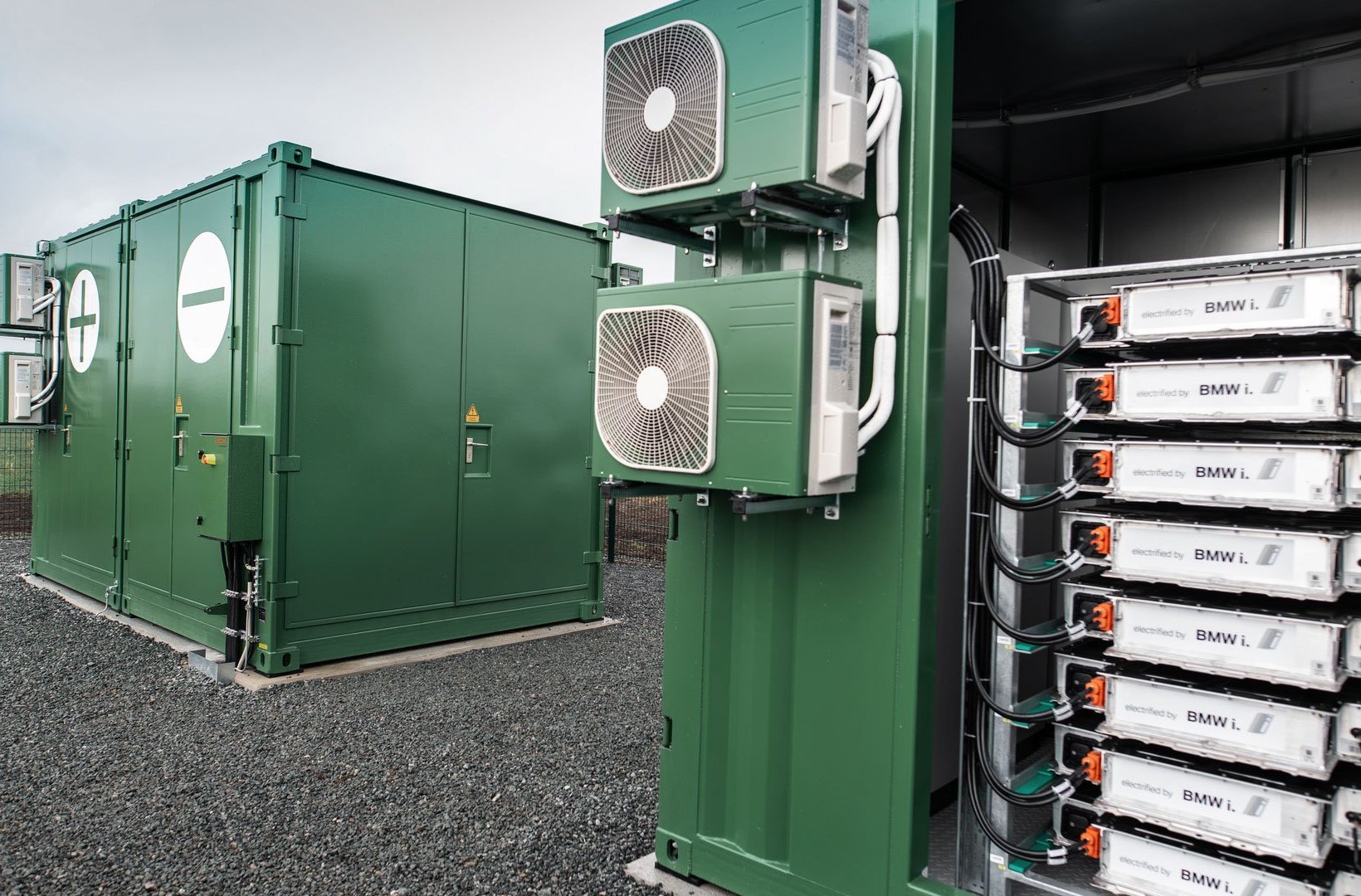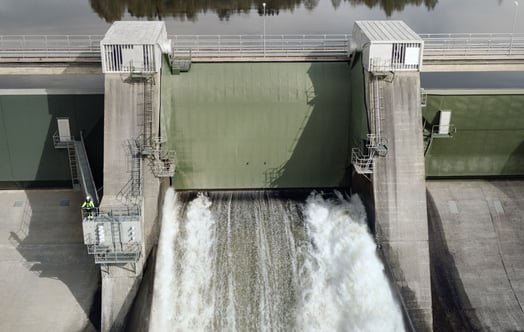Everyone knows what a battery is, but fewer people know their vast potential. In fact, batteries will play a major role in the energy transition, from being a simple power source to helping stabilise electricity grids to balance demand and supply for the purpose of maintaining a constant frequency of 50 Hertz.
With the rapid increase in renewable energy facilities, which are inherently dependent on wind and the sun, renewable electricity generation can no longer be considered independently from the wider energy system. Co-location of storage technologies will, with their broad range of related service offerings, enable owners of renewables to integrate their renewables facilities further into the energy system.
“A more than 80 per cent cost decline over the past decade and outlook of a further reduction by more than 50 per cent by 2030, make batteries a key electricity storage technology”, says Sebastian Gerhard, Director of Batteries in Vattenfall. “Batteries offer great flexibility and revenues can be optimised by selling the stored power in the various power markets as well as provide ancillary services to balance the supply and demand of electricity and strengthen grid stability. In other words, they can store electricity when there is a lot of wind and sun and prices are low and so to speak shift the energy delivery to periods when there is no wind or sun and prices are high.”
Ray wind farm and battery
The latest, large, co-located battery unit in Vattenfall is the so-called Battery@Ray, which will be connected to the grid in spring 2023. It is a 20 MW battery facility built in the 54-MW Ray onshore wind farm with 16 turbines near Newcastle in the UK. The wind farm shares its grid connection with the battery, which is one of the advantages of co-location, and the battery has the capacity to store 20 MW or around 40 per cent of full production from the wind farm for two hours.
Initially, the battery will deliver ancillary services 99 per cent of the time – very fast, short-term delivery of power to stabilise the grid. In three to four years, it is expected that there will be a shift to so-called energy shifting, where the capacity is traded on different markets based on price signals.
The success of flex business is very much driven by the regulatory framework of the individual countries. In some markets in Europe this work is lagging behind, but in the UK the investor and trading landscape is good and there is a highly advanced market for flexibility products.
Vattenfall’s battery pipeline
At present Vattenfall operates two wind farms with co-located batteries in the UK, two in the Netherlands, one of them in a wind farm and the other in a combined wind and solar park. Also, two wind farms with co-located batteries are under construction in Sweden.
“Most new wind and solar farms will have co-developed battery facilities as part of their development project. This means that the farms will be prepared for a battery, but the decision whether or not to actually include the battery is taken at the final investment decision. Vattenfall’s overall pipeline for batteries until 2026 is 800 MW,” Gerhard explains.
Risks versus return on investment
Investors seem quite eager to accept the additional risk involved in batteries in exchange for a potentially higher return on their investment. The risk stems from the fact that the battery business is not as mature as the wind and solar businesses, which means that there is a higher technological risk as well as an additional regulatory risk. In some countries, regulations are already clear for solar and wind, but remain unclear for batteries, just as national targets for storage are missing in most of Europe. Also, once built and in operation, wind and solar farms deliver a more predictable revenue. For batteries, with their multitude of markets, revenues are more difficult to forecast.
“Investors see that batteries are needed to offer flexibility and that they can earn good money going into that technology. While solar and wind are in the lower, one-digit range of returns, batteries can reach low double-digit returns, and some investors say they have enough low risk, low return assets in their portfolio and want high risk, high return assets to diversify,” says Gerhard.
An affordable flexibility offer
Batteries are in a good position when it comes to competing with other flexible assets. Compared to for instance new pumped hydro plants that have a 50+ year lifespan and requires a billion-euro investment in land and facilities, batteries are fairly affordable at EUR 20–100 million in investment for a lifetime of 15–20 years. Batteries are also scalable, which is a major advantage compared to other key storage solutions for intermittent renewable electricity production.
“It is Vattenfall’s intention to realise selected, co-located, and profitable battery projects in the coming years to build up competence,” Gerhard says. “This is facilitated by highly attractive business cases for co-developed solar and storage projects in Germany, and in Sweden, adding batteries to our partner projects Hjuleberg and Höge Väg will help transfer and scale our operations experience and provide learnings on how to make batteries bankable for institutional investors, which is key to the develop-to-sell track of co-developed projects.”
This is an article from Vattenfall Annual and Sustainability Report 2022. Read the full report on Vattenfall’s development and result 2022 here.




